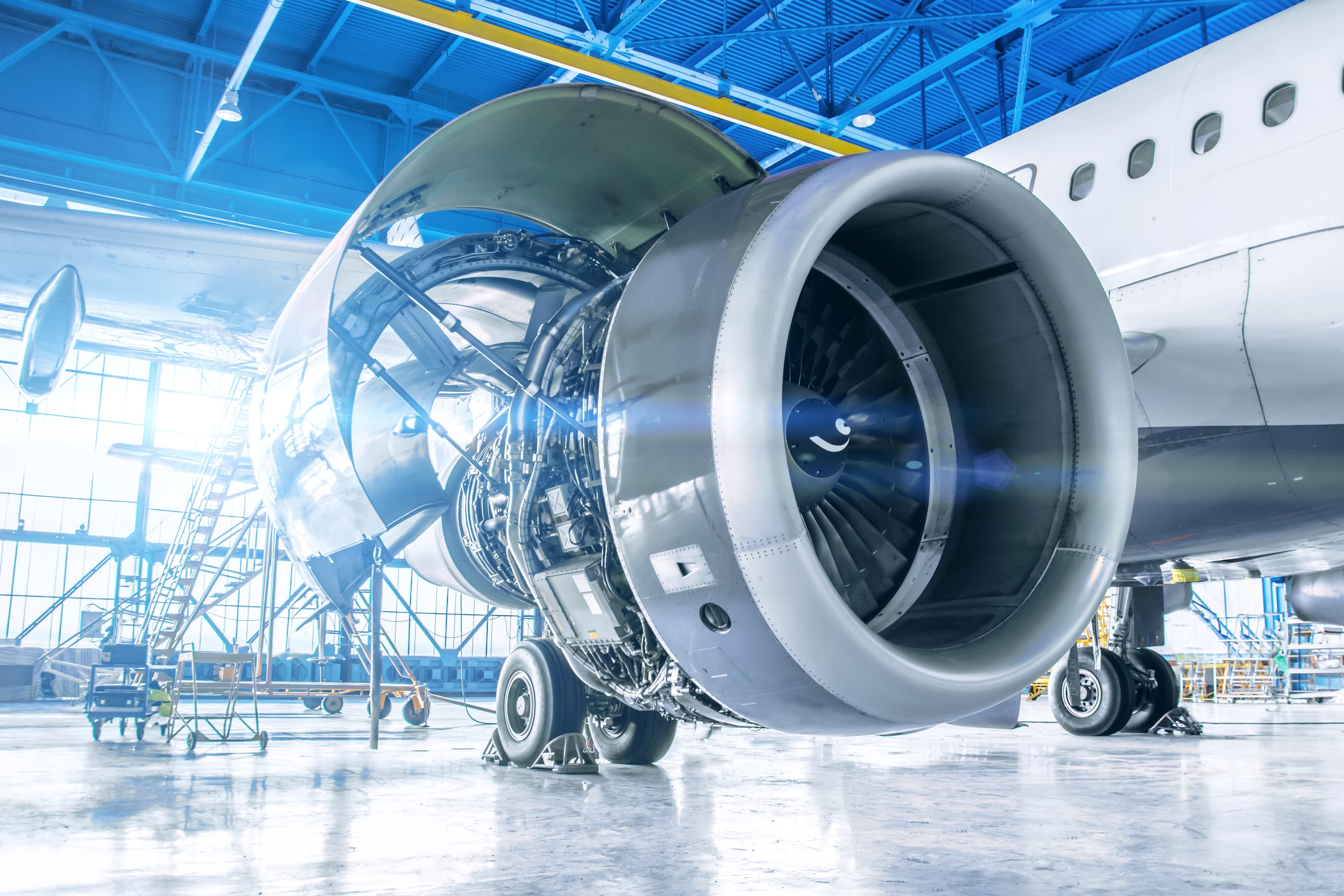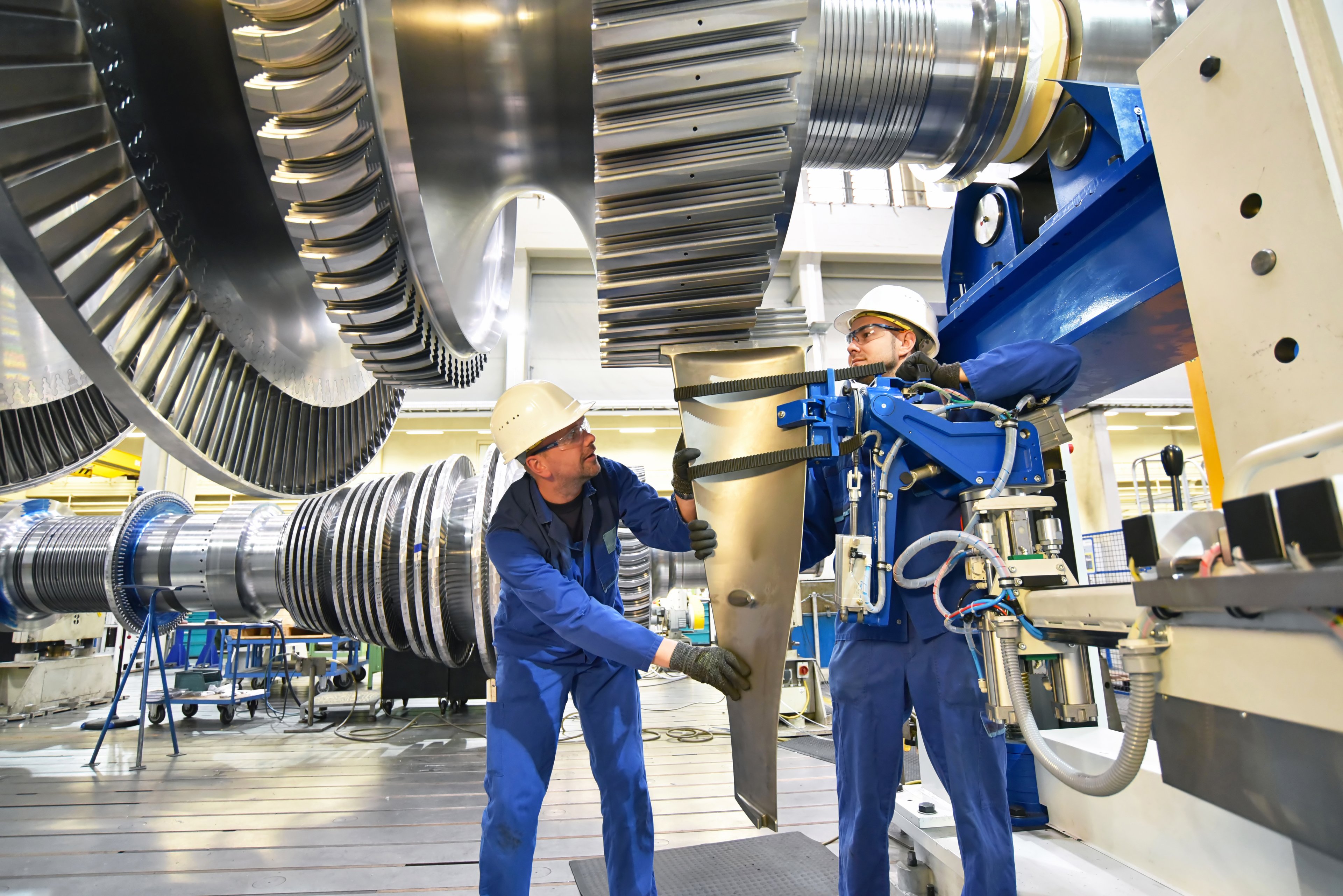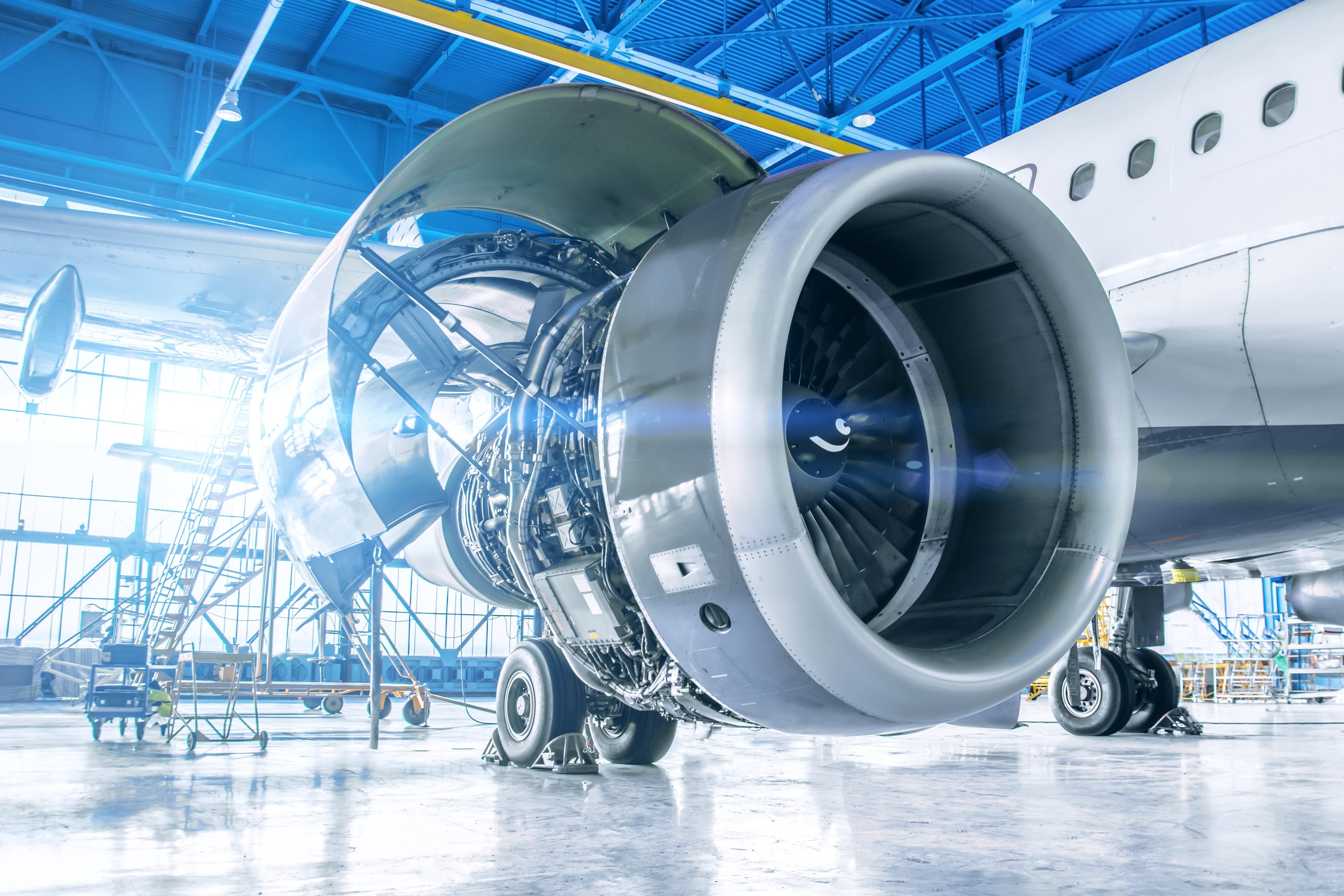Boeing (BA +0.65%) recently released its 2024-2043 commercial market outlook, full of actionable insights to help guide investors in the aerospace sector. Here's a look at a few of them and why they are good news for AAR (AIR +0.48%), Hexcel (HXL 0.16%), and GE Aerospace (GE +0.23%).
Boeing's commercial market outlook
For the sake of brevity, here are the key takeaways from Boeing's commercial market outlook:
- Annual fleet growth of 3.2% as the world moves from a fleet of 26,750 airplanes in 2024 to 50,170 in 2043.
- The increase in the fleet comprises 20,565 airplanes just for replacement and 23,410 for growth, totaling 43,975 airplanes over the next 20 years.
- Passenger traffic is forecast to grow at an annual rate of 4.7%
- The widebody fleet will grow at a slightly faster annual rate of 3.65% compared to 3.56% for the narrowbody fleet, with freight planes growing at 2.59% and, interestingly, the regional jet fleet declining at a 1.64% annual rate.
- The services market will be worth a whopping $4.4 trillion over the next 20 years.

Image source: Getty Images.
AAR
The outlook noted that due to the difficulty in delivering new airplanes in recent years, the removal rate of airplanes is running at half the normal rate. For similar reasons, the fleet's age has increased since 2019. For example, the average age of the narrowbody fleet is 11.3 years compared to 10 years in 2019, and the average age of the widebody fleet is 11.2 years compared to 9.5 years in 2019.

NYSE: AIR
Key Data Points
These numbers spell good news for aviation services companies like AAR. Older fleets tend to require more servicing, and given the ongoing strength in traffic growth, it's fair to expect at least mid-single-digit revenue growth from a company providing parts supply, repair and engineering, and integrated solutions to airlines.
With long-running relationships with airlines like United Airlines, Delta Air Lines, and Air Canada in place and an opportunity to leverage its fixed-cost base into margin expansion as it builds scale, AAR's potential for long-term profit growth is significant.

Image source: Getty Images.
Hexcel
As a provider of advanced composite materials for the commercial aerospace market, Hexcel benefits from an expansion of overall deliveries and a shift to newer models. The aviation industry is trending toward more of the stronger, lighter materials made by Hexcel, as they help improve efficiency and meet emissions goals. That's particularly the case for widebody airplanes.

NYSE: HXL
Key Data Points
While delivery delays in 2024 negatively impact Hexcel's near-term prospects, the forecast for 43,975 new planes over the next 20 years is extremely positive for Hexcel because it implies significantly more demand for composite materials.
For example, the legacy Boeing 737 and Airbus A320 airplanes have 5% and 10% penetration rates of composite materials, respectively, compared to 15% apiece for the A320neo and 737 MAX. Moreover, Boeing is planning a new airplane for the middle of the next decade, and Hexcel believes the next generation of narrowbody airplanes could have as high as 60% penetration of composite materials.
It all speaks to an extremely bright future for Hexcel.

Image source: Getty Images.
GE Aerospace
Leading aircraft engine company GE's joint venture with Safran, CFM International, provides engines for the Airbus A320neo family and the Boeing 737 MAX. GE also provides engines for the Boeing 777X, the Boeing 787, and the Airbus A330 widebody airplanes.
Whichever way you look at it, more airplane deliveries mean more orders for GE airplane engines. In addition, the forecast for passenger traffic to grow at a 4.7% rate means GE's engines will be utilized more, leading to highly lucrative aftermarket revenue for the company.

NYSE: GE
Key Data Points
Moreover, the implied shift in importance toward narrowbody planes from smaller regional planes also plays into GE's strength in the narrowbody market. Not least, producing more of the same narrowbody engine models (currently the LEAP) should result in margin expansion as GE lowers the engine cost per unit over time. Furthermore, the super growth rate of widebody airplanes, which tend to be more profitable than narrowbody airplanes, also has positive margin connotations for GE.
Stocks to buy?
Investors need to be aware that the commercial aviation industry is cyclical, and the kind of growth that Boeing's forecast calls for won't be linear. Still, the nuances in the forecast are very favorable for AAR over the medium term, Hexcel over the long term, and GE over any time frame you wish to consider.






